AWO 700/EMW R70 1955-1958
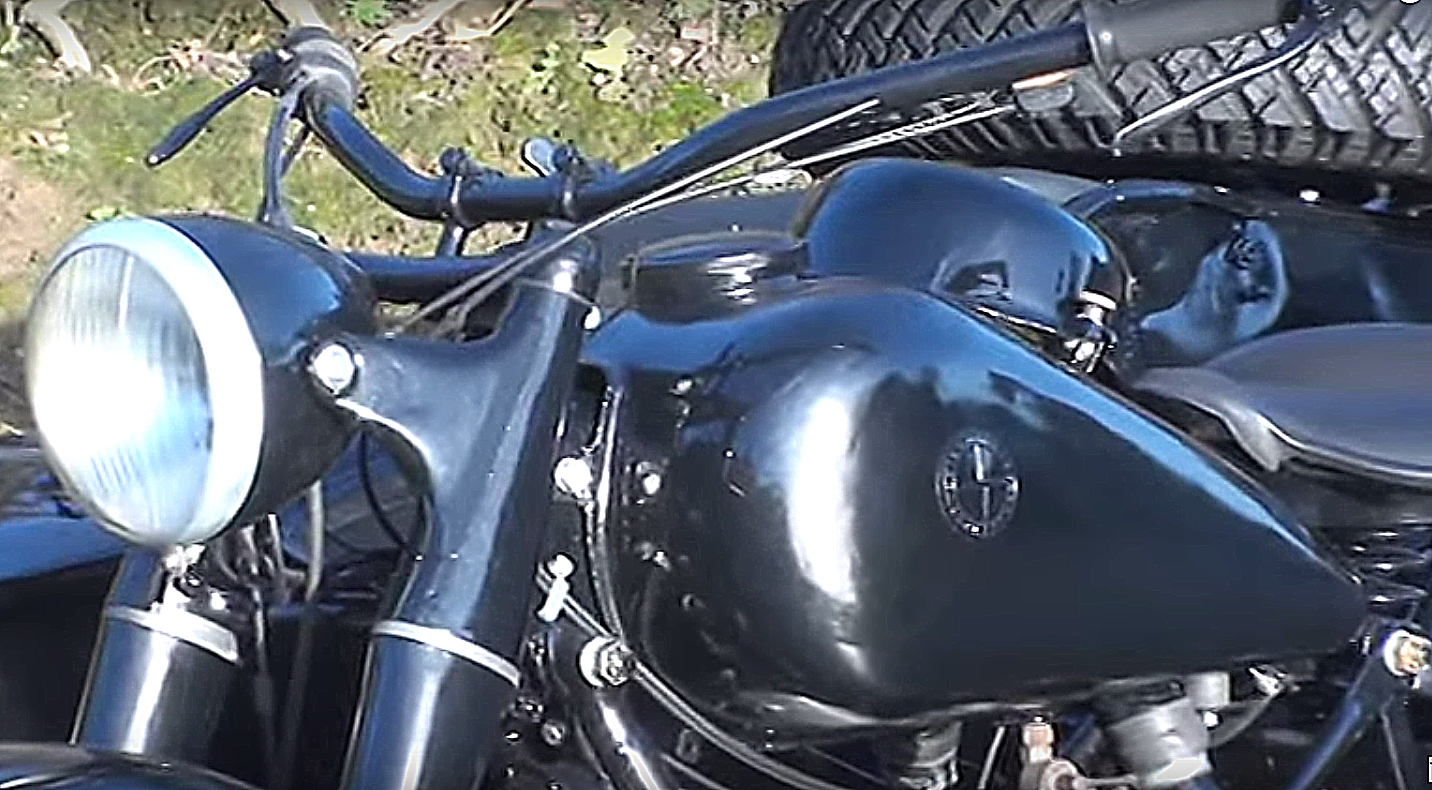
AWO700/EMW R70
Amongst several unusual motorcycles that were developed in Eastern Bloc countries, one of the most interesting, and perhaps one of the rarest of all, was the AWO 700/EMW R70 heavy motorcycle and sidecar, which had more than several connections with the Soviet motoprom of that time, as well as its German past.
Preface
During WWII (the Great Patriotic War) Germany produced two of its finest sidecar motorcycles, the Zundapp KS750 and the BMW R75, both being heavy-duty machines designed for the military and equipped with engageable sidecar wheel drive, wide wheels, and hydraulic brakes, quite reliable, and with good cross-country capacity.
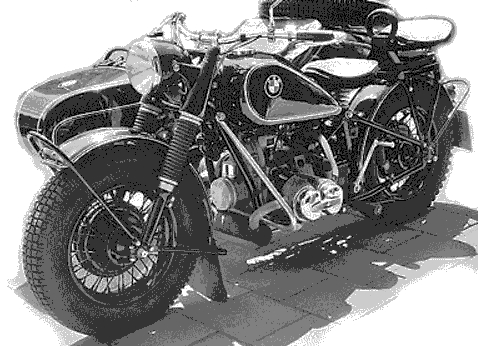
A BMW R75 in rare black gloss trim, almost all were for the German Wehrmacht(army). Perhaps this is an “SS” version or for official duties?
1946
- First reparation delivery of 8 BMW R75 to Russia, Frame 770 000, January 1946
- Last BMW R75 is produced out of the remaining parts and delivered to Russia, June 1946
- In total another 98 R75’s were produced in 1946, Frame 770 097
- Production of 10 Sets spare parts for overhauling of each of 150 BMW R75, September 1946
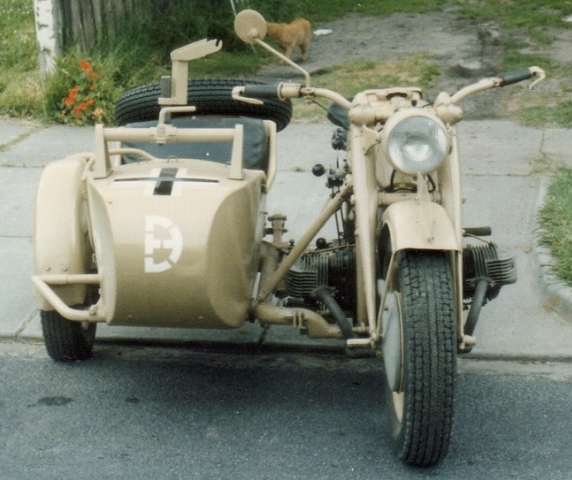
Vin Minogue’s Zundapp KS750 (Photo: JD)

EMW logo
EMW,Eisenacher Motorenwerk (Eisenach Motor Works) was a manufacturer of automobiles and motorcycles based in Eisenach, Thuringia District, Germany. The factory had a very long history, founded in 1896 by Heinrich Ehrhart, initially producing bicycles, guns, and military equipment, even electric vehicles in 1898. Among other things came a passenger car in 1904 under the name “DIXI”. The factory was often called the DIXI works.
In 1928 BMW aquired the factory completely and produced cars and motorcycles there until 1942 when regular production was stopped because of the war. The factory then started to manufacture motorcycles for the Wehrmacht as well as aircraft engines for the Luftwaffe. The BMW R75 was manufactured in Eisenach from late 1940 until 1944 (some sources say 1945 with leftover spares). By the end of the war about 60% of the factory had been destroyed by allied bombers. To quote Setright, “Absolutley plastered”.
Whatever remained at Eisenach seemed doomed. On 11 April 1945 Hiter issued an order encoded as “Tilly” to the BMW board. All production facilities were to be destroyed immediately! The chief of BMW at that time, Kurt Donath, ignored the order. With fellow board member Arthur Scholl, they defied the order and managed to preserve everything possible.
After the war the BMW plant in Eisenach found itself located in the Soviet Occupation Zone, east of the line between the Russians and the West. The plant was handed over to the Soviets as war reparations. The factory became a Soviet Stock company named “individual enterprise BMW of the Soviet corporation (SAG)” “Awtowelo”
The factory continued producing cars and motorcycles under the BMW brand, but after a lawsuit in 1951/52 they had to change the name into EMW instead. The logotype was also similar, but instead of the blue quadrants BMW used, EMW used red. Also in 1952, the Soviet owners handed the company over to the German Democratic Republic, and it became a state-owned company.
The KVP (Kasernierte Volkspolizei, a paramilitary police branch which preceded the National People’s Army) and the succeeding East German armed forces needed vehicles. They expressed interest in reviving production of the wartime BMW R75 heavy motorcycle with sidecar 286/3. This remilitarization, however, was in violation of the terms of the Potsdam Conference and led to protests from the West.
The EMW plant was awarded in 1952 with the contract to construct a new batch of improved 1944 BMW R75 that were previously manufactured there by BMW.
The three-year development experience saw initial development and construction in Eisenach, then partially built by Simson (in Suhl, Eastern Germany) in small series then delivered from there by AWO to the KVP for testing.
Only 10 motorcycles and 14 engines were manufactured. The basic design was by BMW. The BMW R75 was the bike, with some Soviet componentry.
The team created 10 pieces in various forms, and in order not to make them recognizable as a new construction during test drives, all were painted in black, civilian, laquered, shiny.
According to Simson employees who were involved in the production of the functional pattern, the production was under complete shielding, in a separate department at AWO. Because it was the secret development of a military vehicle. Internally, the team was called AWO 700 among employees.
As a real innovation, in order to achieve more ground clearance under the cylinders, a redesign of the engine was considered. It was decided to construct a new 684cc engine having cylinders raised by 7 ° (the same source also says it’s a 10 ° V-twin…). The engine was really the only thing that was completely redesigned by the EMW technicians.
The improvements were made on the basis of the experience gained by the Wehrmacht during the war. The front of the sidecar body was slightly shortened. This made sense, to get better ground clearance when driving through deep bumps.
The cylinders were raised above the level already set on the Zündapp KS750 in order to gain more ground clearance there as well. The ignition magneto was housed absolutely encapsulated as well as the alternator. Also the gearchange lever and arrrangement was left intact. The air cleaner sat atop the fuel tank, as had the Afrika Corps special version and the high level two-into-one high level exhaust was retained.
But some parts were also deteriorated in the simplification of the design. The cardan (shaft) joint was replaced by the simple rubber disc (dohnut) as usual for Russian motorcycles. These were often too weak and tore off sometimes (spares were always carried). Also, the magneto was not a solid construction.
The sidecar trunk lid was designed simpler, but had the disadvantage that you could clamp your fingers while operating the opening lever tremendously. The change only makes sense if you consider the loud noise heard when closing the case lid, sometimes on prisoners fingers. With the old BMW R75 version of the Steib Boot, the trunk lid can only be closed by a noisy slam. With the modified version of the AWO 700, the trunk lid can be closed almost completely silently.
The KVP picked up all motorcycles, engines and documents for testing and brought them to the Central Development Office for Military Technology to Hohenstein-Ernstthal.
This family member was the child of several parents and it is not clear whose name it should be…, AWO 700, EMW R70, BMW R75/3 or EMW 275/3. Really? Even the experts are not about to agree! Cousin Cossack?!!! As it was named AWO 700 by it consignor, so it is called today.
A few examples escaped from the usual scrapping after testing. This method commonly involved pushing off from the roof of building onto the contrete below, but sometimes there were survivors. Two were said to have been sold to Sweden, but they were never to be heard from anymore.
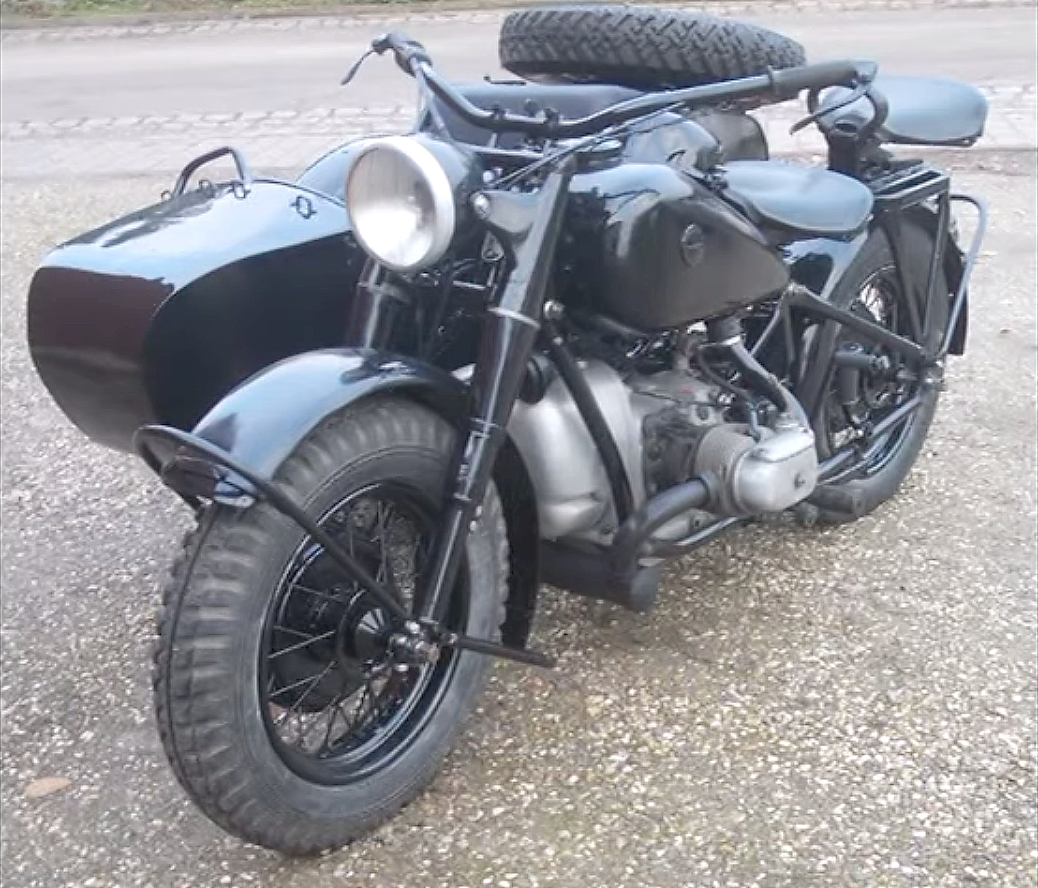
AWO 700 / EMW R70

My AWO has the VIN = V4 test vehicle four. – Hans Peter Hommes
Weight: 670 kg !!!
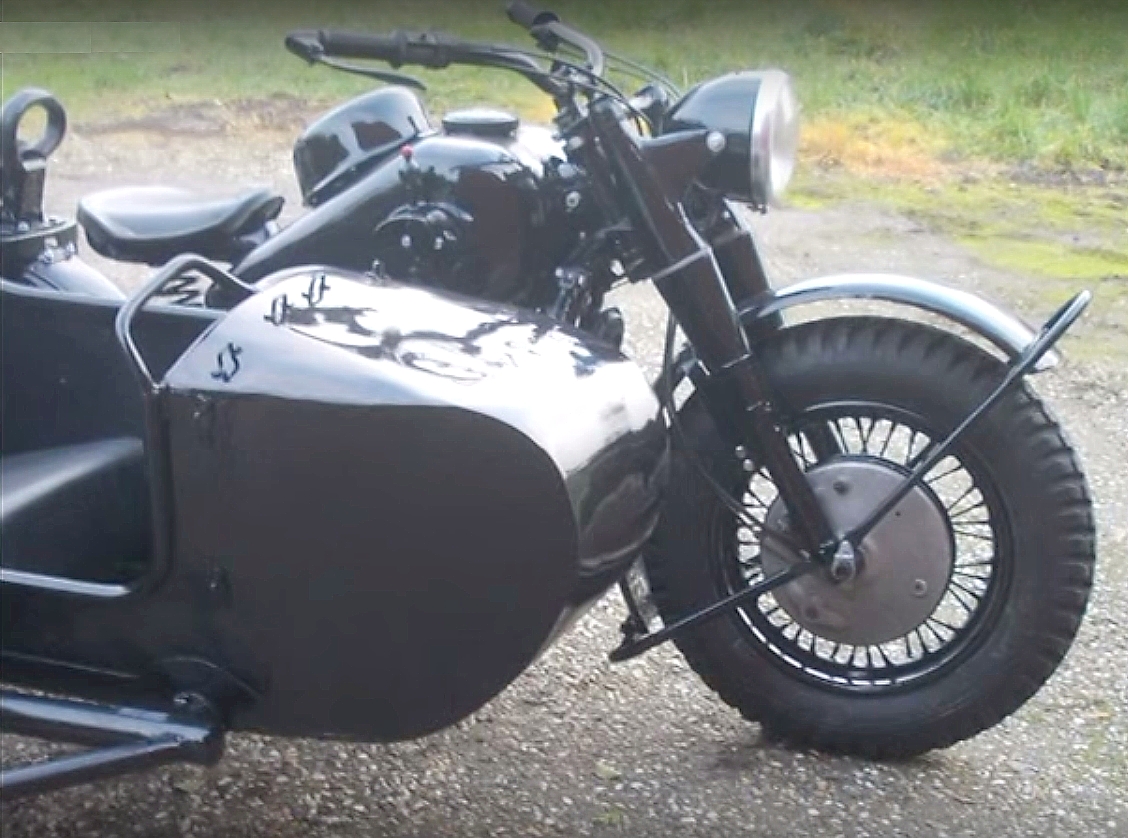
AWO700/EMW R70
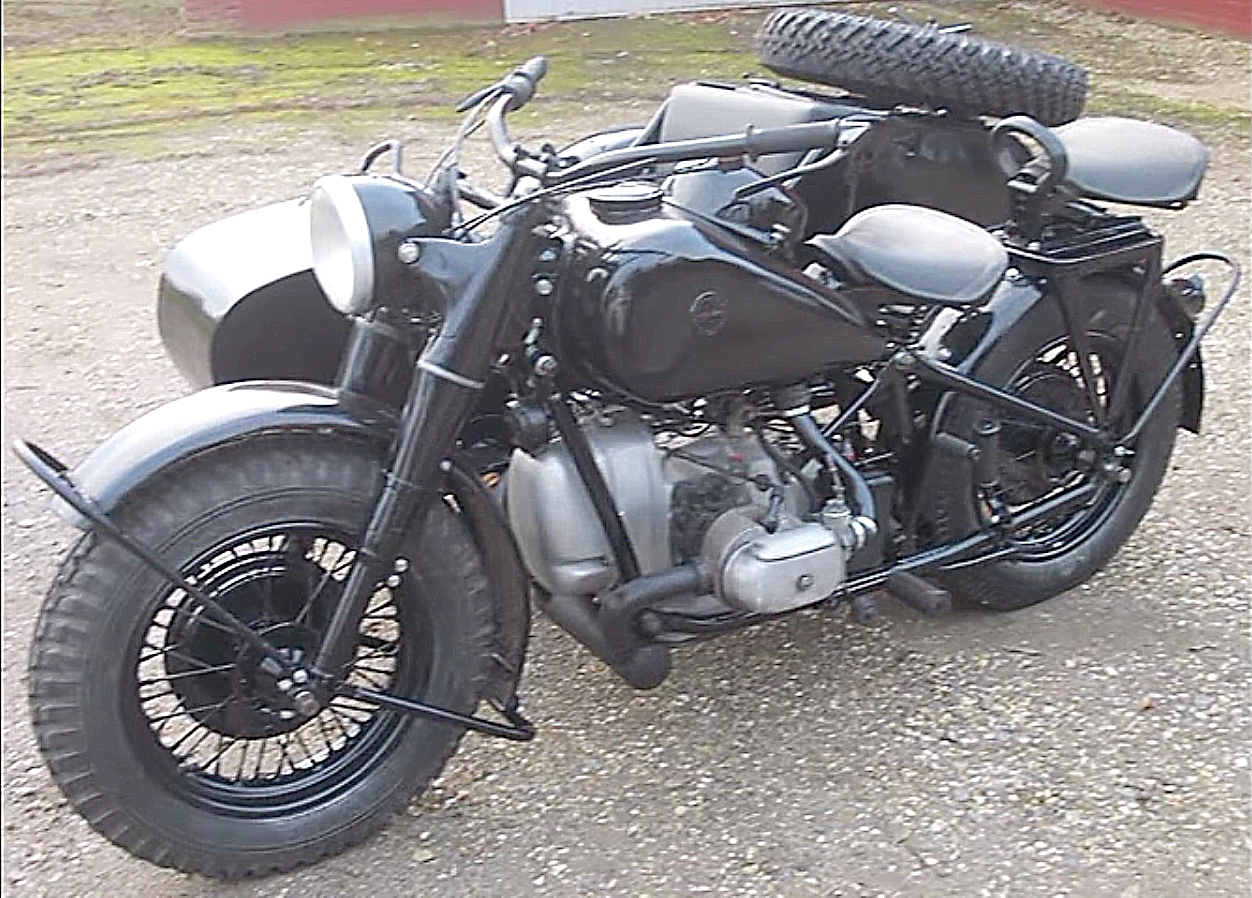
AWO 700 / EMW R70

AWO700/EMW R70
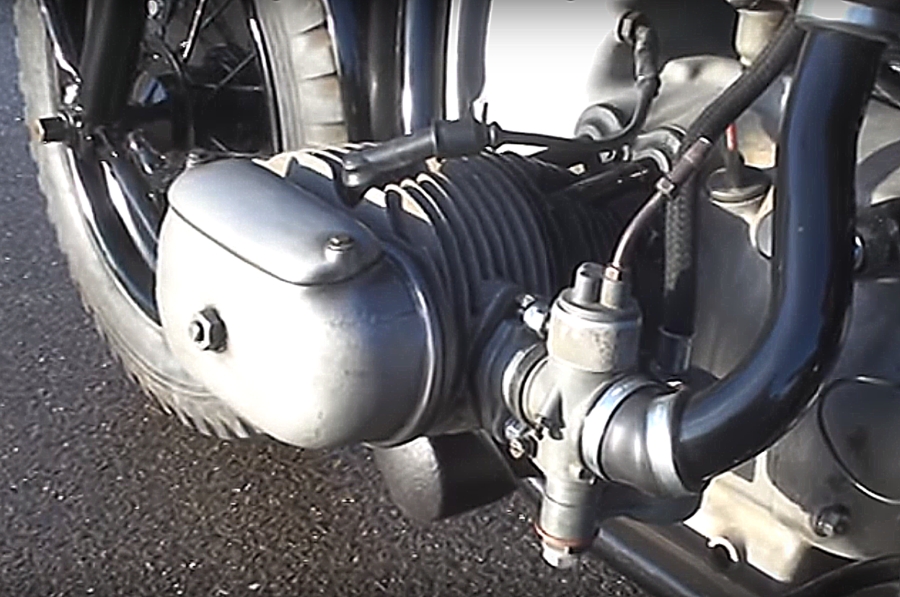
AWO700/EMW R70
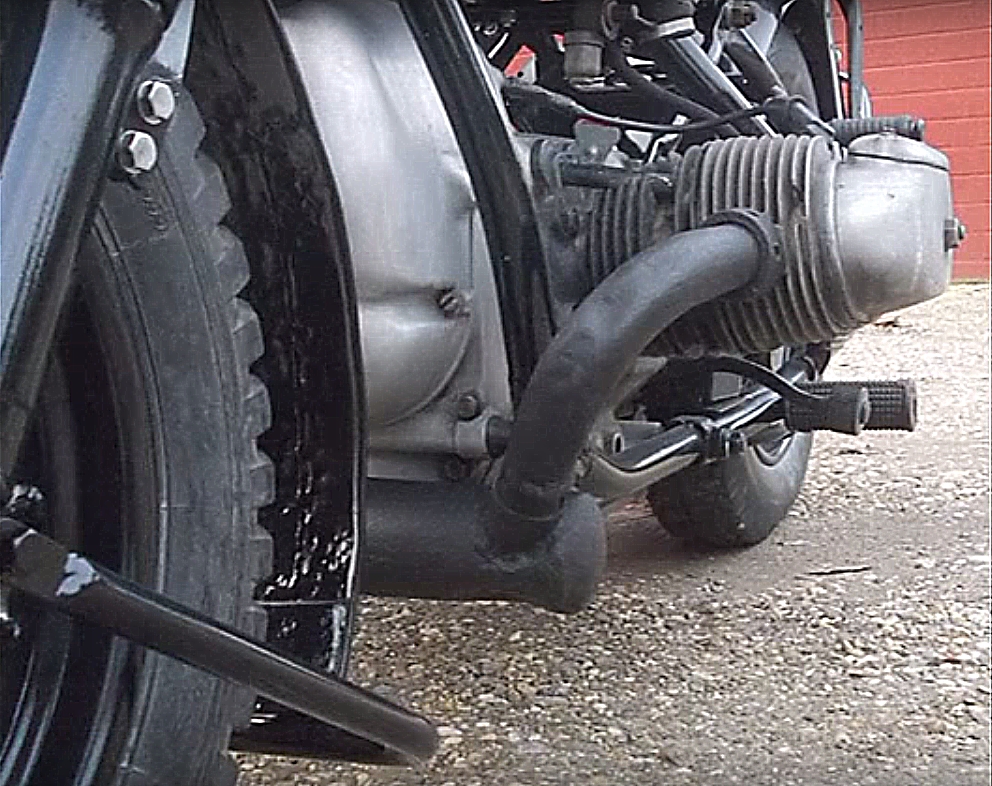
You can just slightly notice the upsweep arrangement of the cylinder, it’s a V-twin !

AWO700/EMW R70
A horizontally-opposed flat-twin “oppozit” (boxer) 180° engine becomes a V-twin if it is altered upwards or downwards by even 0.1 °
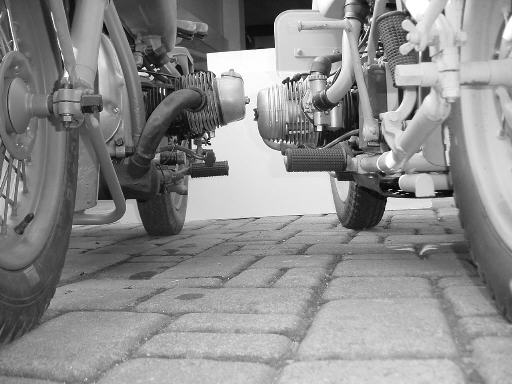
AWO700 versus BMW R75

AWO700/EMW R70
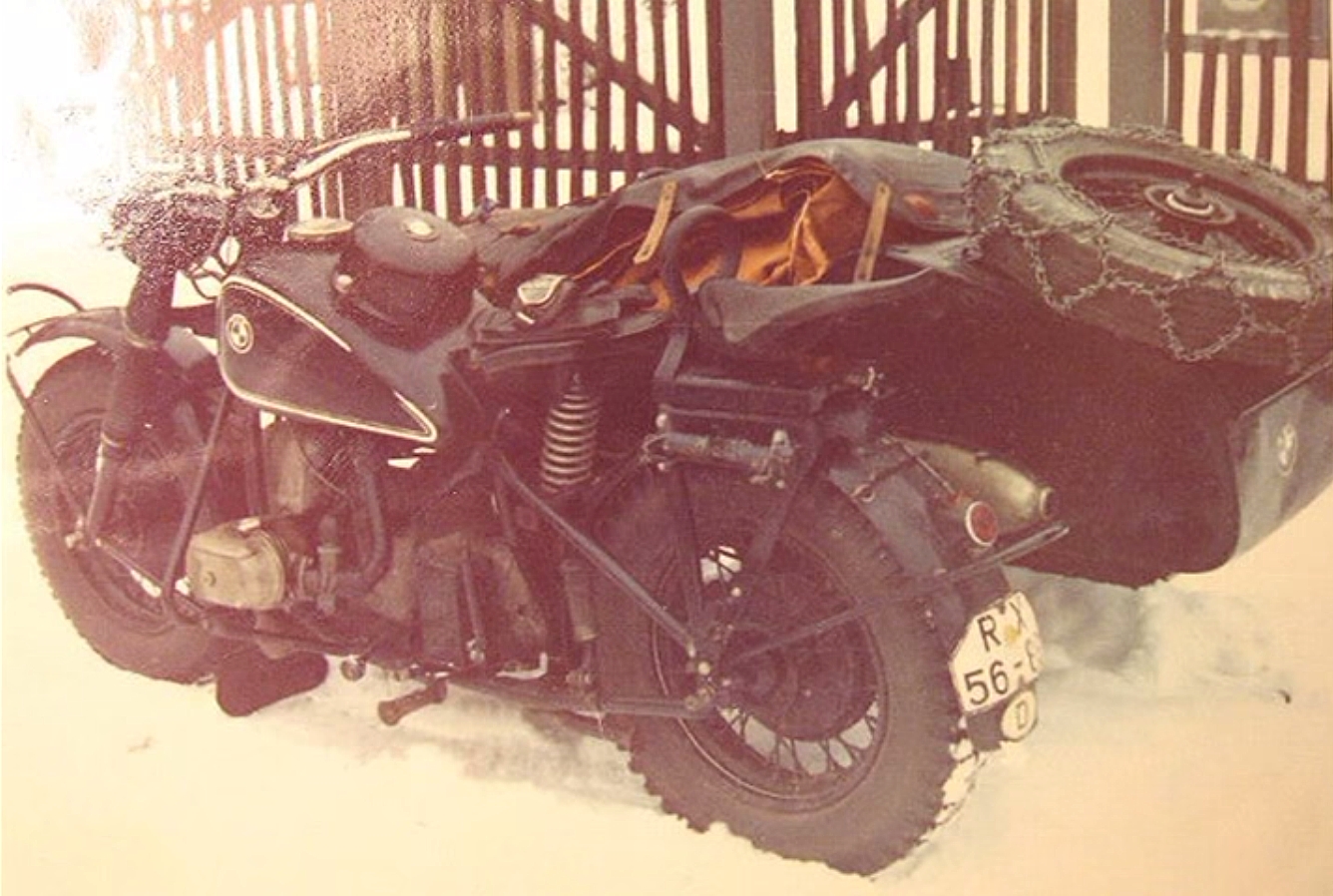
AWO700/EMW R70
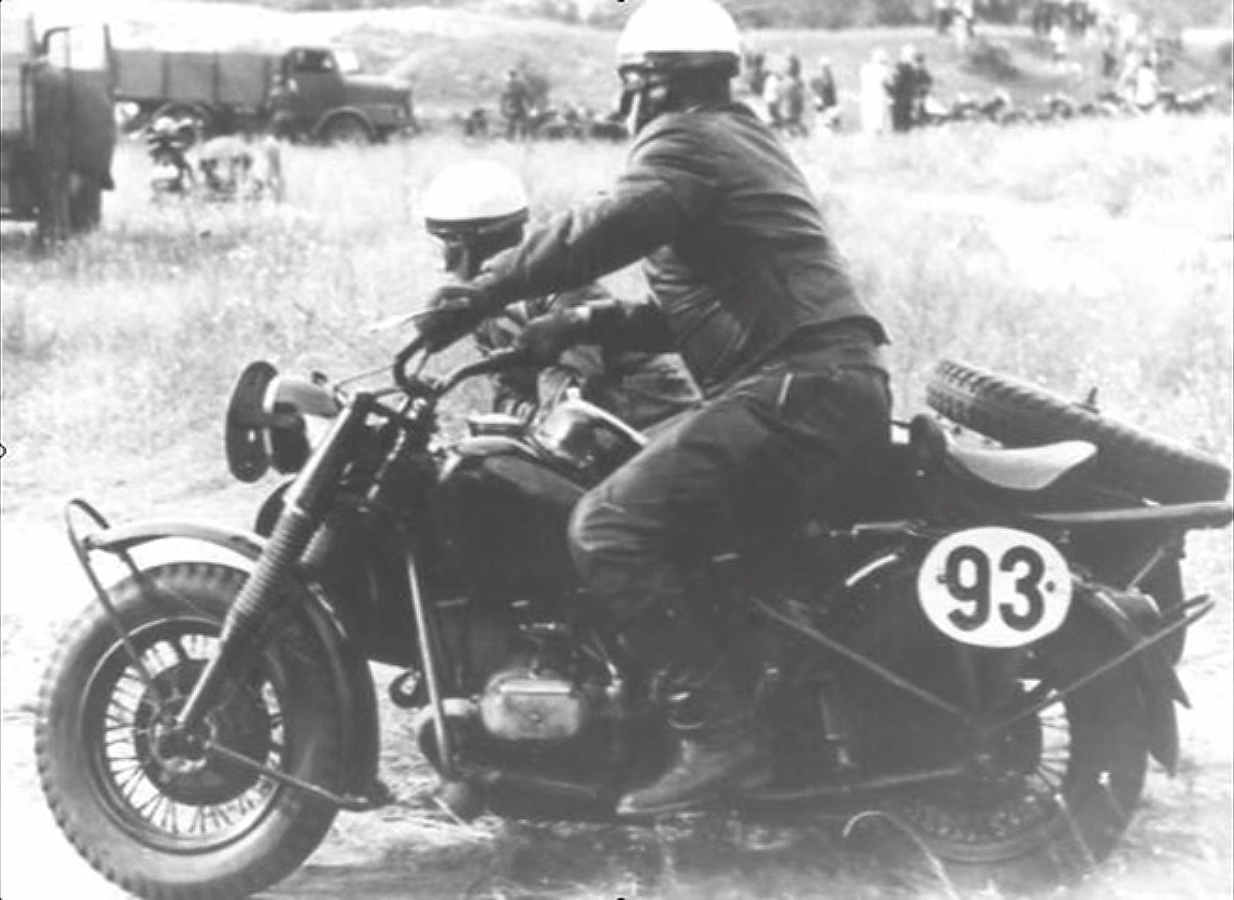
AWO700/EMW R70
and the TM3-53… another development by the Soviets using BMW R-75 basis, yet another story you will find in these pages.
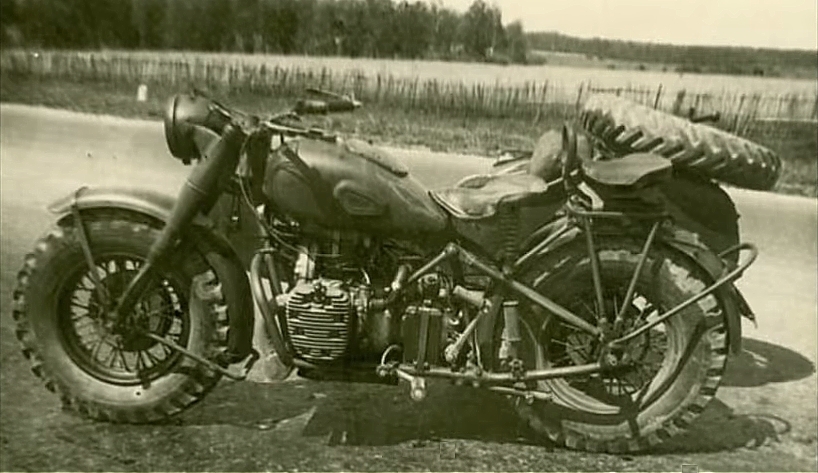
1942 TM3-53
Additional comments:
I do not underestimate the Russian technique, because as a toolmaker I know that, for example, the principle of spark erosion, with which we manufacture the mold inserts to 0.001 accuracy in tool making, was invented in Russia after the Second World War !!!.
– Richard Mader
Sources:
- Hans Peter Hommes
- Vin Minogue
- Steve Wiggins
- Russian Encyclopedia of Motorcycles
- Moto Moscow Russia
- Car Museum Eisenach
- German Motorcycles – Mick Walker
- L.J.K. Setright – Bahnstormer – The Story of BMW Motorcycles
- Peter Ballard (C.O.C. England)
- OMEGA-Oldtimer Germany
- Andy Schweitzer
- Dirk
- B-Cozz archives
